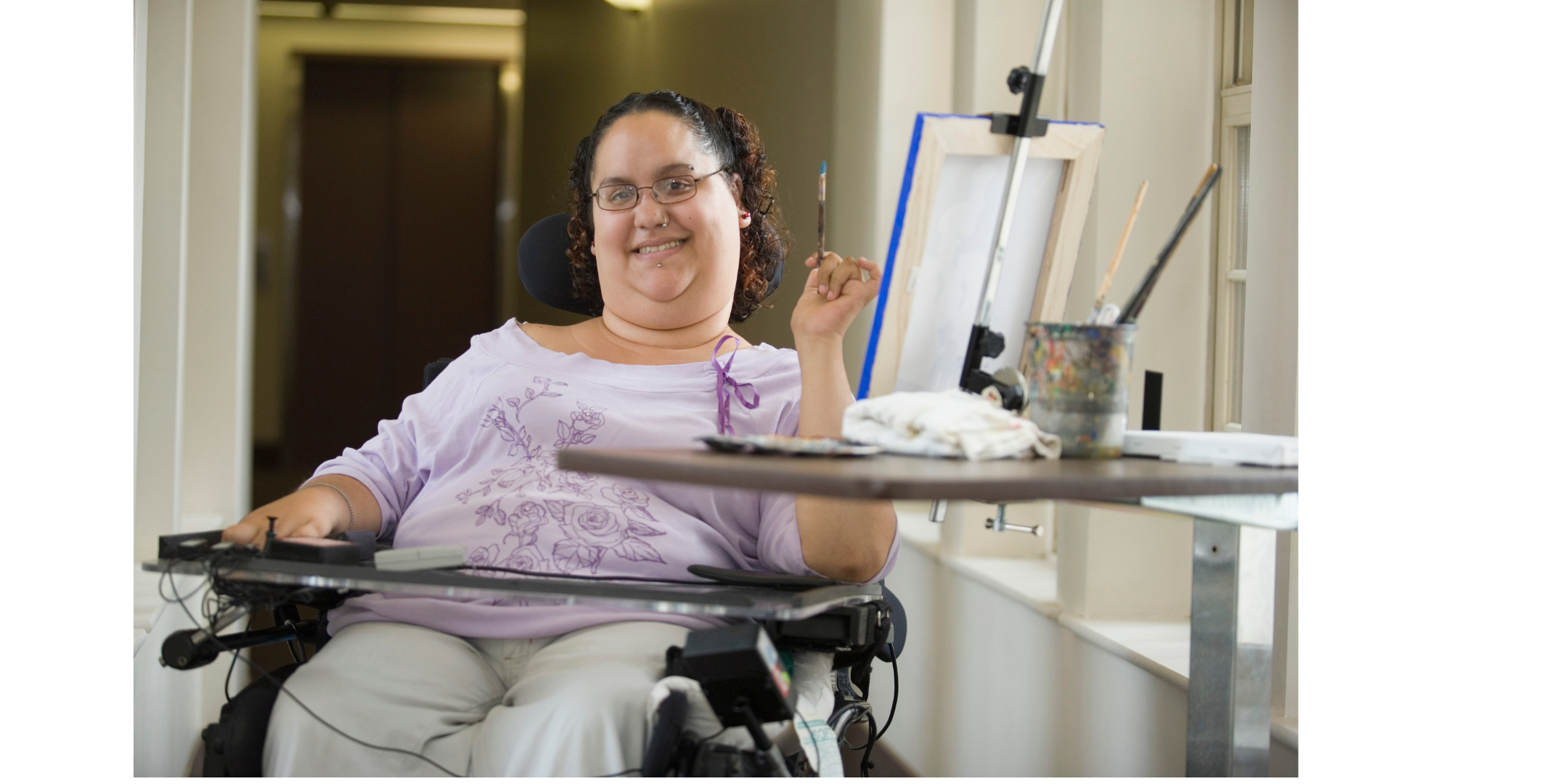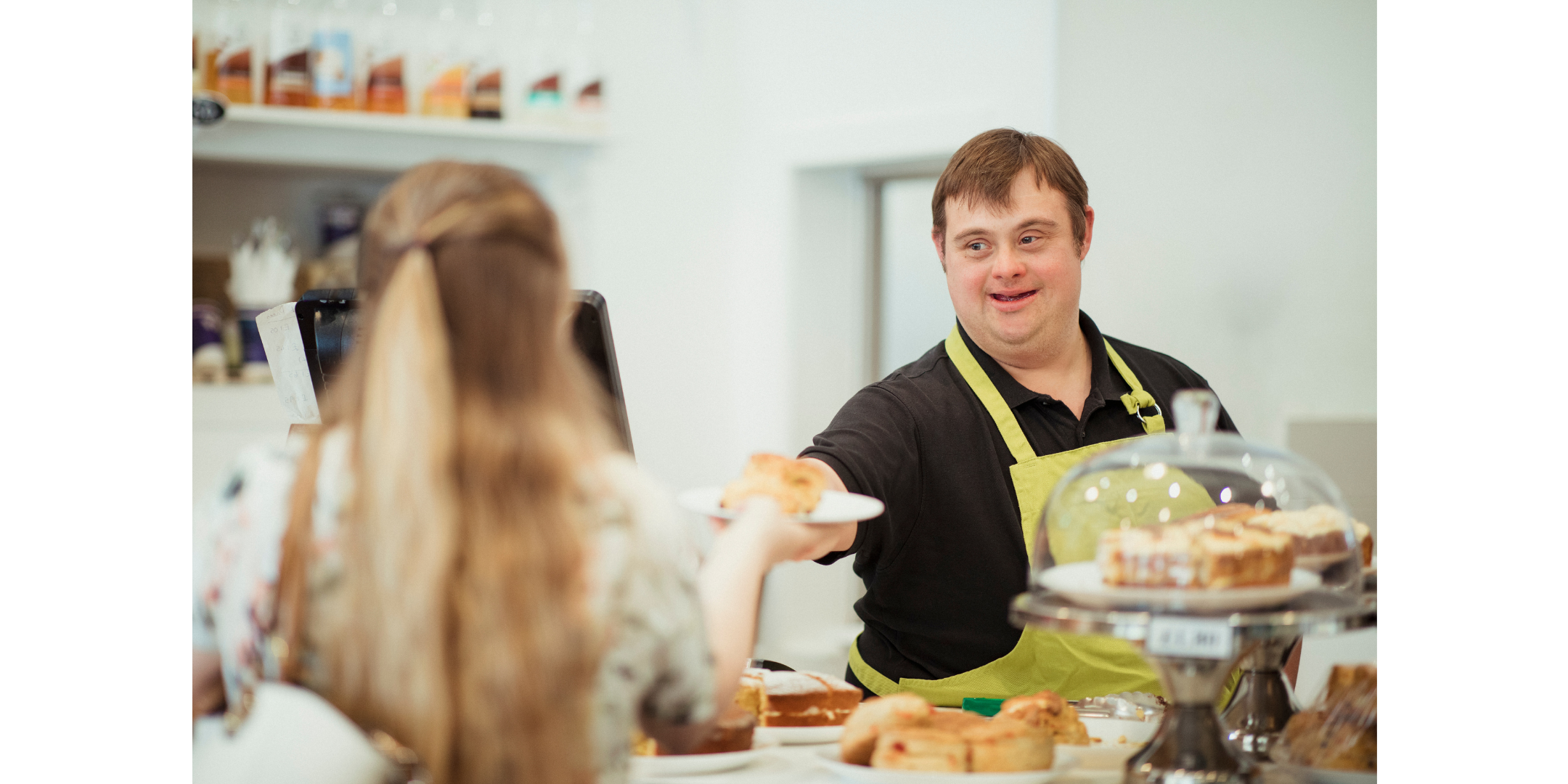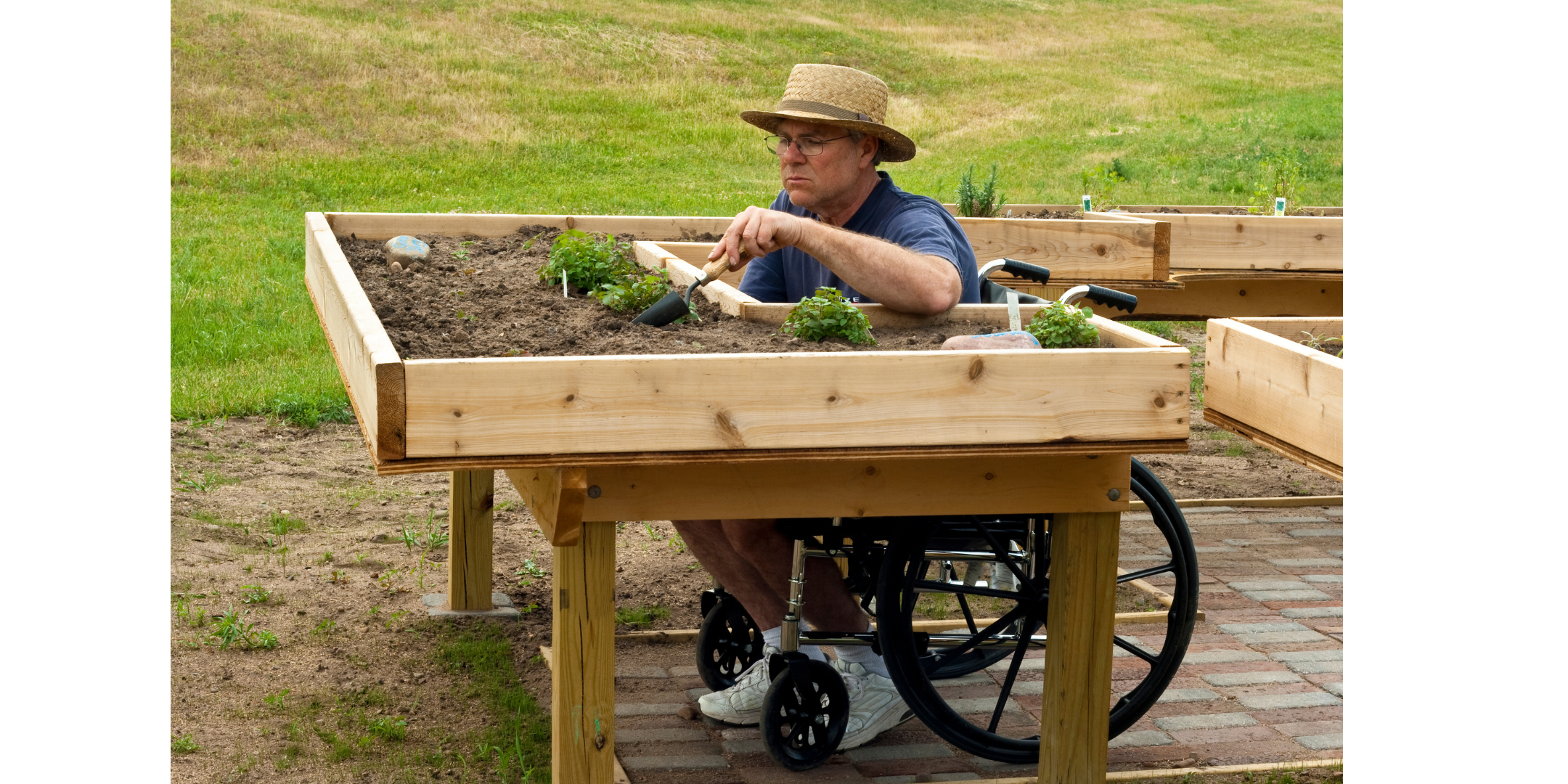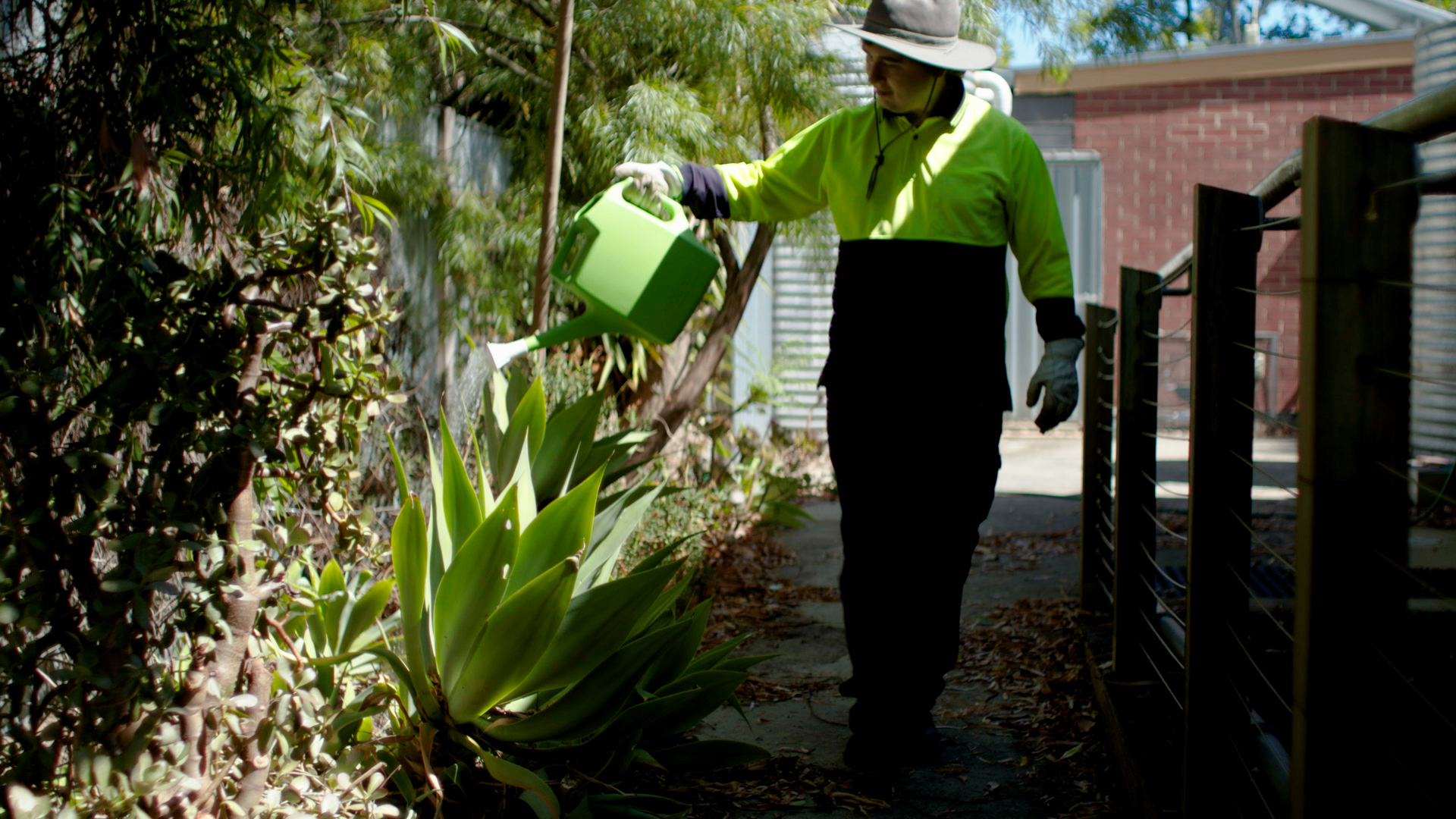Getting Everyone On Board
While you may be excited about creating more inclusive volunteer opportunities, sometimes you may experience barriers or opposition.


Common myths about involving people with disability (and what you can say in response):
When it comes to working alongside people with disability, there are unfortunately a lot of myths and assumptions.
Let’s explore and dispel some of these and explore the benefits of involving people with disability.

Myth 1: It will mean extra work
Being inclusive doesn’t require re-inventing your entire facility, processes, and programs. For people with a disability to become involved it often only takes small, reasonable adjustments to your existing practices. Mostly it means taking the time to get to know each volunteer, and making sure they can get the most from their experience.
There are bigger steps you can take to be more accessible to a broader variety of people, but start by taking small, achievable steps and progress over time.

Myth 2: We can’t afford/don’t have accessible facilities
Making your facilities more accessible is about doing the best you can within your capacity and budget. In most cases you shouldn’t need to make major changes to your building or workspaces. There are many easy, low-cost adjustments you can make to be more accessible. For instance, you may rearrange your furniture to better accommodate people using mobility aids to move through. Click here for accessibility tips
Try to accommodate for a variety of needs, and look for alternatives if your existing facilities aren’t suitable for a volunteer, like:
- having a volunteer contribute from home
- booking a room in a local library, council or community centre
People with a disability are usually good at knowing what their needs are and enquiring about whether your facility will suit them. Be sure to have your contact details available, or provide information about accessibility on your website, for people to find out about your facilities prior to visiting.
If someone needs an adjustment or change to facilities, consider how it would also work for the rest of your staff, volunteers, clients and customers. For example, having a communication board at your front desk is useful for communicating with people with lower language abilities, but also with children or people who speak English as a second language. Click here for communication board ideas.
There are also grants available to purchase equipment and make adaptations to existing facilities. To find community grants click here

Myth 3: Our staff aren’t trained in disability support
Involving people with a disability as a volunteer does not require any specific training. While training is useful to improve inclusive practices (click here for Disability Awareness sessions), in most cases it’s just a matter of taking the time to get to know your volunteer, and assist in appropriate ways.
People may make assumptions about the kind of support people with disability require, but there is a broad range of disability with a variety of traits, experiences, behaviours and physical support needs; you often don’t need a specialist approach. People with a disability who apply with you know their own abilities, strengths, limitations and skills: if they have applied for a volunteer role they believe they can do it. Many people with higher levels of support needs will already have support staff in place, and you will never be expected to provide personal care duties. For any questions or concerns, Contact us.

Myth 4: People with disability can’t do the roles/tasks our volunteers do
Disability is a very broad spectrum, and people with disability have different strengths and limitations just like everyone else. Don’t dismiss an eager volunteer because they have a disability. Meet them, get to know them, and see how they can assist your organisation.
Chances are you already have people with disability involved at your organisation without even knowing! 25% of the population live with disability, statistically you will have staff or volunteers with disability. You may have already made adjustments without knowing (e.g. providing a chair for an older person to sit while volunteering or making sure someone with limited hearing can sit at the front during meetings).
Consider what reasonable accommodations can be made, for example splitting one role into multiple roles , creating a new role or utilising volunteers with tasks you haven’t previously used them for . For more information on creating and adapting volunteer roles click here

Myth 5: But what’s in it for us?
There are many benefits that your organisation will gain when engaging with volunteers with disability! These include:
- Having an expanded pool of potential volunteers
- A diverse volunteer workforce that is representative of the community
- Service delivery can be expanded as the tasks that volunteers undertake are re-evaluated, adapted and evolved
- Promotion of a culture of inclusivity, accessibility, diversity and support within the organisation.
- It can expand your organisation’s clientele/customer base e.g. if you have a volunteer who uses sign language (Auslan), you could attract other members of the population that communicate this way.
- Volunteers who feel included and have meaningful and enjoyable experiences are more committed and likely to volunteer longer.
- Contribute to the priorities, focus areas and actions in your Disability Access and Inclusion Plan

Myth 6: I want to, but I don’t know where to start
You’re in the right place! This website contains a wide selection of tips and information for every stage of the volunteering journey. Explore the site and get started!
